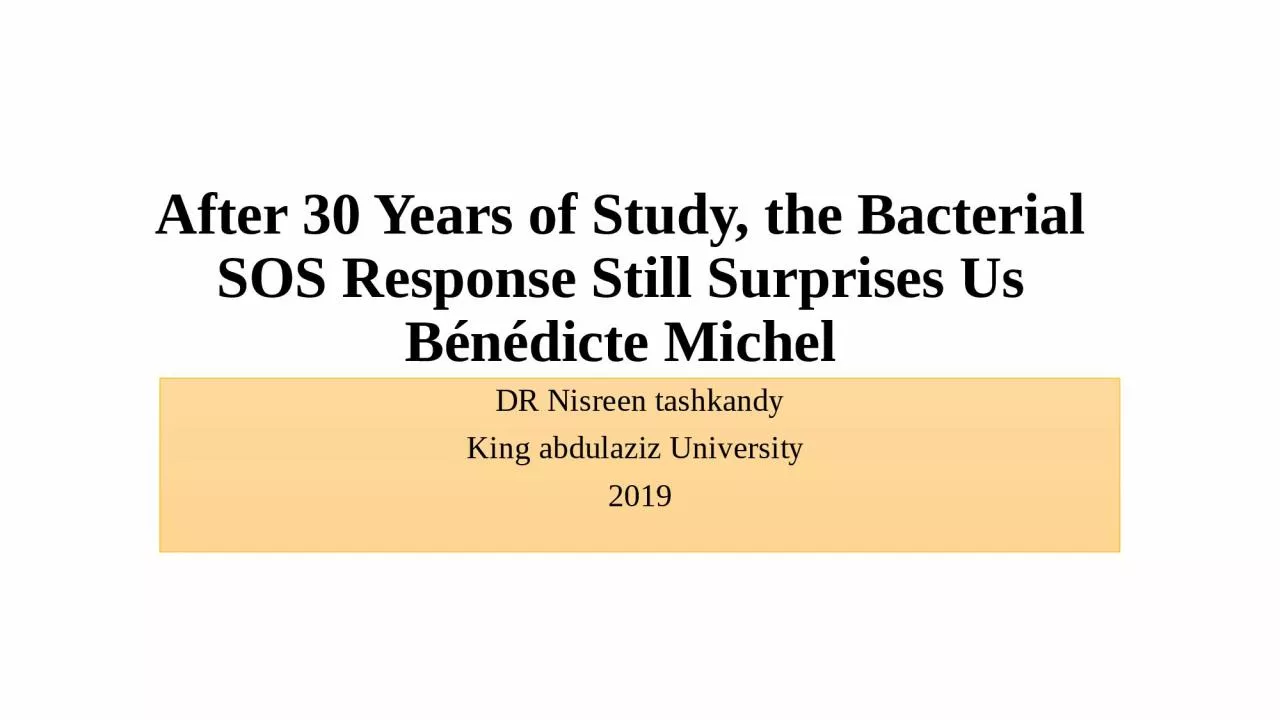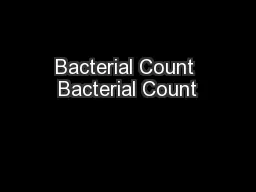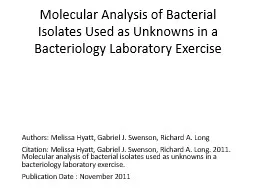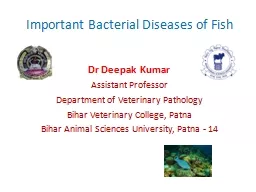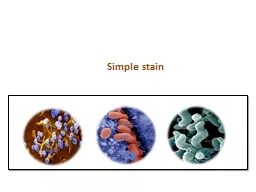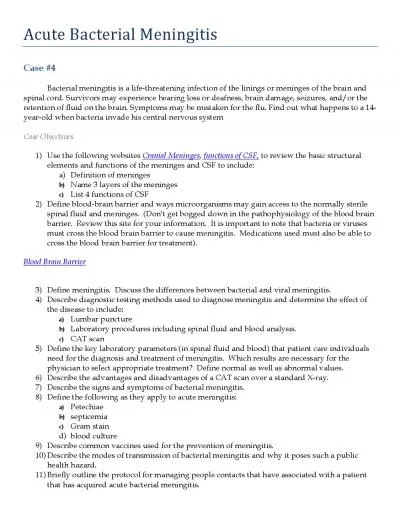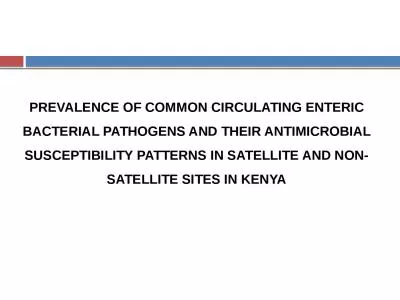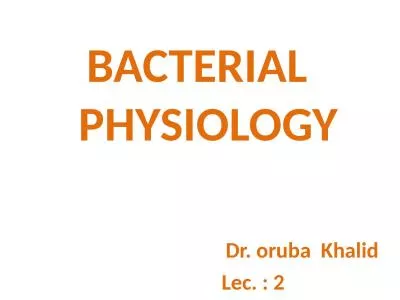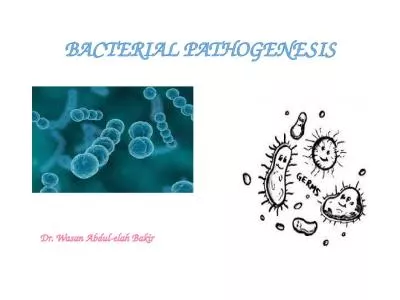PPT-After 30 Years of Study, the Bacterial
Author : linda | Published Date : 2024-02-09
SOS Response Still Surprises Us Bénédicte Michel DR Nisreen tashkandy King abdulaziz University 2019 History Miroslav Radman discovered the DNA repair network
Presentation Embed Code
Download Presentation
Download Presentation The PPT/PDF document "After 30 Years of Study, the Bacterial" is the property of its rightful owner. Permission is granted to download and print the materials on this website for personal, non-commercial use only, and to display it on your personal computer provided you do not modify the materials and that you retain all copyright notices contained in the materials. By downloading content from our website, you accept the terms of this agreement.
After 30 Years of Study, the Bacterial: Transcript
Download Rules Of Document
"After 30 Years of Study, the Bacterial"The content belongs to its owner. You may download and print it for personal use, without modification, and keep all copyright notices. By downloading, you agree to these terms.
Related Documents

